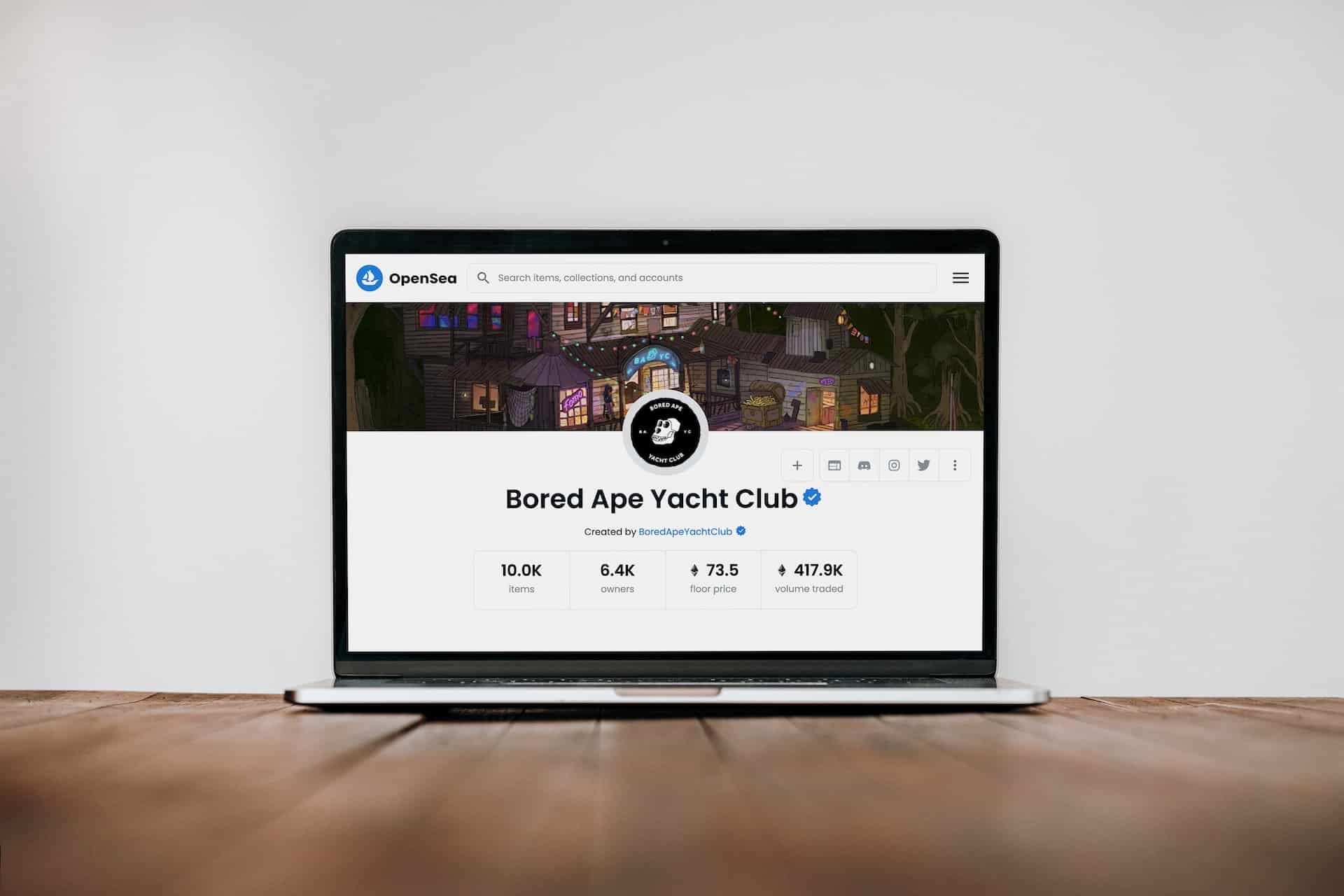Despite the drop in NFT trading activity since the NFT hype in 2021, a dedicated community of builders, creators, and collectors continues to develop and interact on NFT dApps. Read on to learn more about the NFT dApp ecosystem.
What Are NFT dApps?
NFT dApps are applications built on blockchain that allow users to interact with non-fungible tokens. This can include buying, selling, and creating NFTs as well as utilizing them in games and other applications.
NFTs (non-fungible tokens) are unique digital assets that can be used to represent ownership of items such as art, collectibles, and in-game items.
Examples of popular NFT dApps include OpenSea, an NFT marketplace allowing users to buy, sell, and trade NFTs on Ethereum, Polygon, and Solana, and Axie Infinity, an NFT play-to-earn game.
How Do NFT dApps Work?
NFT dApps are built using smart contracts. Smart contracts are self-executing contracts that are stored on a blockchain. They can be used to automate various tasks, such as transferring NFTs, buying and selling NFTs, and creating new NFTs. One of the key features of smart contracts is that they don’t require intermediaries for approval or execution.
When you interact with an NFT dApp, you are actually interacting with a smart contract. The smart contract handles all of the logic, such as verifying your ownership of an NFT, transferring an NFT to another user, or creating a new NFT.
NFT dApps can serve a variety of purposes:
- Marketplaces: they allow you to buy, sell, and trade NFTs. Some of the most popular NFT marketplaces include OpenSea, Rarible, and Magic Eden.
- Lending and renting: these platforms allow you to lend or rent your NFTs to others. This can be a way to generate passive income from your NFT collection.
- Gaming: NFT gaming dApps allow you to own and trade in-game items as NFTs, while others allow you to play for crypto tokens and earn NFTs as rewards.
- Social media: a few platforms allow users to connect with other NFT collectors and enthusiasts. Some NFT social media platforms also allow users to create and share their own content as an NFT.
Here is a step-by-step process of how interacting with an NFT dApp might work:
- You connect your crypto wallet to the NFT dApp.
- The NFT dApp uses your crypto wallet to authenticate your identity.
- After confirming your wallet, you can then perform your transaction, such as minting, buying, selling, or transferring an NFT.
- The dApp uses a smart contract to execute your request and displays the result of the transaction once it’s complete.
Benefits of NFT dApps
Some benefits of NFT dApps include:
- Decentralization: NFT dApps are built on blockchains, which means that they aren’t controlled by any single entity. Also, most dApps are open-source projects, making their code available for the public to view and audit.
- Transparency: all transactions on dApps are recorded on the blockchain and can be viewed by anyone. This helps to build trust and confidence.
- Privacy: you don’t have to share personal information about yourself to interact with dApps. You own your data and can disconnect your wallet from a dApp at any time to use another one.
- Efficiency: they can be more efficient than traditional applications because they eliminate the need for intermediaries.
- Powers meaningful ownership: NFT dApps have been able to provide functionalities that aren’t possible with traditional applications. For example, NFT gaming dApps that allow you to own and trade in-game items as digital assets.
Drawbacks of NFT dApps
- Complexity: these applications can be complex to use, especially for users who are new to cryptocurrency and unfamiliar with decentralized applications.
- Cost: most NFT dApps are on Ethereum, which means the relatively high gas fees associated with Ethereum during high traffic can make them expensive to use.
- Smart contract risks: dApps are a relatively new technology and are still vulnerable to security risks, such as hacking and scams.
Wrapping Up
NFT dApps provide a decentralized and transparent infrastructure for the minting, holding, and exchange of unique digital assets, offering a novel way for creators to democratize ownership in their products.



